COURSE OVERVIEW
SUBSURFACE PRODUCTION OPERATIONS, DRILLING, RESERVOIR & PETROLEUM ENGINEERING
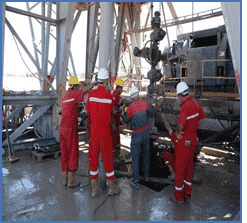
OVERVIEW
| COURSE TITLE | : | DE0420 : API 6A: X-mas Tree & Wellhead Operations, Maintenance & Testing |
| COURSE DATE | : | Nov 04 - Nov 07 2024 |
| DURATION | : | 4 Days |
| INSTRUCTOR | : | Mr. Victor Saran Days |
| VENUE | : | Istanbul, Turkey |
| COURSE FEE | : | $ 7250 |
| Register For Course | ||
OTHER SCHEDULED DATES
| Date | : | May 06 - May 09 (4 Days) | Location | : | Abu Dhabi, UAE | Classroom Fee (US$) | : | $ 6750 | Course Info |
| Date | : | Aug 05 - Aug 08 (4 Days) | Location | : | Al Khobar, KSA | Classroom Fee (US$) | : | $ 6750 | Course Info |
Course Description
This practical and highly-interactive course includes real-life case studies and exercises where participants will be engaged in a series of interactive small groups and class workshops. Christmas trees are used on both sub-surface and subsea wells. It is common to identify the type of tree as either "subsea tree" or "sub-surface tree". Each of these classifications has a number of variations. The primary function of a tree is to control the flow, usually oil or gas, out of the well. A tree may also be used to control the injection of gas or water into a nonproducing well in order to enhance production rates of oil from other wells. When the well and facilities are ready to produce and receive oil or gas, tree valves are opened and the formation fluids are allowed to go through a flow line. This leads to a processing facility, storage depot and/or other pipeline eventually leading to a refinery or distribution center (for gas). Flow lines on subsea wells usually lead to a fixed or floating production platform or to a storage ship or barge, known as a floating storage offloading vessel (FSO), or floating processing unit (FPU), or floating production, storage and offloading vessel (FPSO).This course is designed to provide participants with a detailed and up-to-date overview on the operations, maintenance and testing of x-mas tree and wellhead. It covers the various wellhead equipment, x-mas tree, tubing hanger, production packages and landing nipples; the barriers principles and well safety; the hydraulic barriers, mechanical barriers, subsurface control valves, packer setting and testing; flanging of the wellhead, casing head housing, tubing spool hanger, checks and tests; the valves and actuators, wellhead safety valves and control systems; and the operating procedures and working under safe conditions
TRAINING METHODOLOGY
This interactive training course includes the following training methodologies as a percentage of the total tuition hours
LecturesWorkshops & Work Presentations
Case Studies & Practical Exercises
Videos, Software & Simulators
In an unlikely event, the course instructor may modify the above training methodology before or during the course for technical reasons.
VIRTUAL TRAINING (IF APPLICABLE)
If this course is delivered online as a Virtual Training, the following limitations will be applicable
| Certificates | : | Only soft copy certificates will be issued to participants through Haward’s Portal. This includes Wallet Card Certificates if applicable |
| Training Materials | : | Only soft copy Training Materials (PDF format) will be issued to participant through the Virtual Training Platform |
| Training Methodology | : | 80% of the program will be theory and 20% will be practical sessions, exercises, case studies, simulators or videos |
| Training Program | : | The training will be for 4 hours per day starting at 09:30 and ending at 13:30 |
| H-STK Smart Training Kit | : | Not Applicable |
| Hands-on Practical Workshops | : | Not Applicable |
| Site Visit | : | Not Applicable |
| Simulators | : | Only software simulators will be used in the virtual courses. Hardware simulators are not applicable and will not be used in Virtual Training |
RELATED COURSES
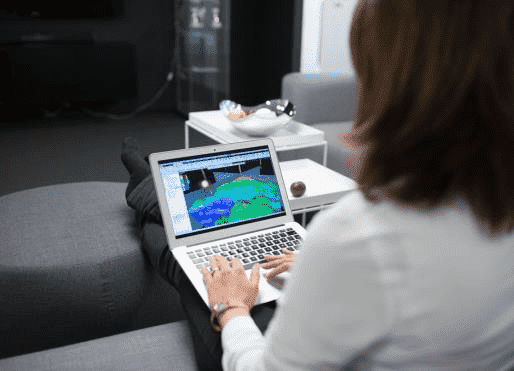
DE0337 : Petrel Fundamentals
- Date : May 12 -May 16 / 3 Days
- Location : Doha, Qatar
- Course Details Register
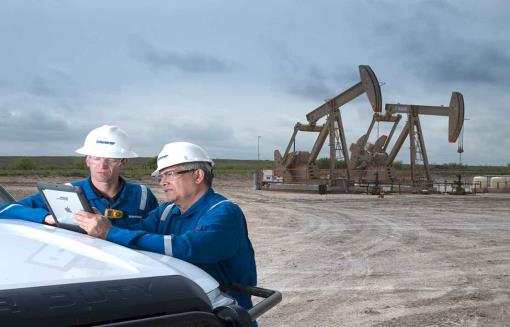
DE0931 : Advanced Gas Lift Design & Deliquification
- Date : May 20 -May 23 / 3 Days
- Location : Dubai, UAE
- Course Details Register
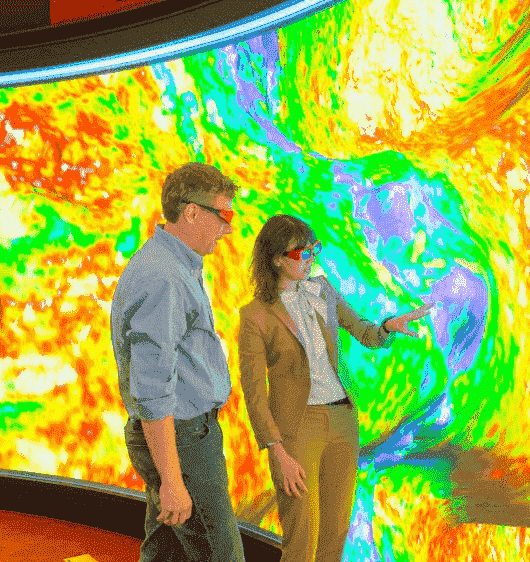
DE0732 : Reservoir Fluid Properties
- Date : May 12 -May 16 / 3 Days
- Location : Doha, Qatar
- Course Details Register
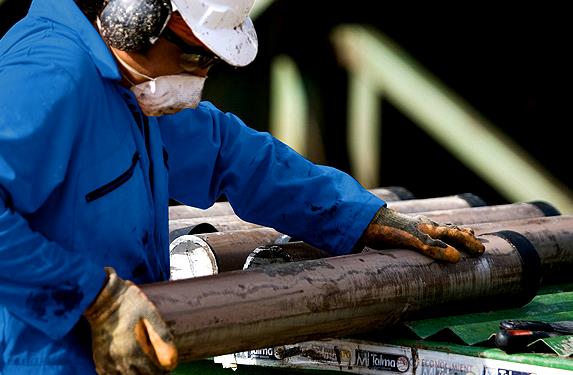
DE0375 : Petrel Reservoir Engineering
- Date : May 19 -May 23 / 3 Days
- Location : Doha, Qatar
- Course Details Register
